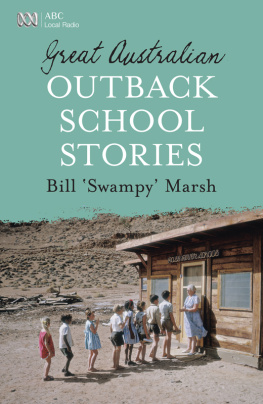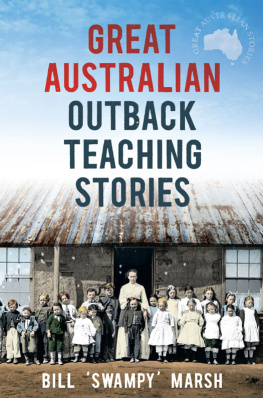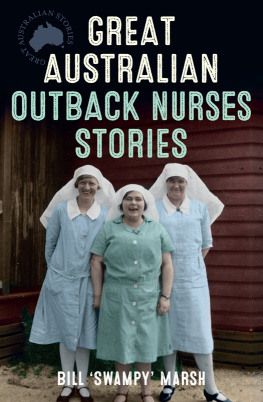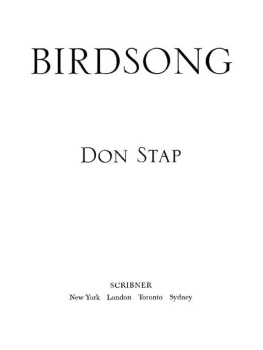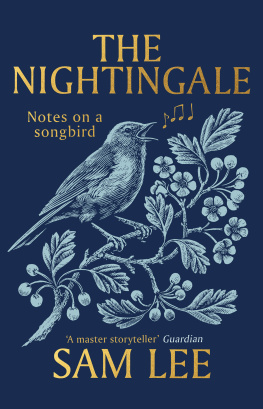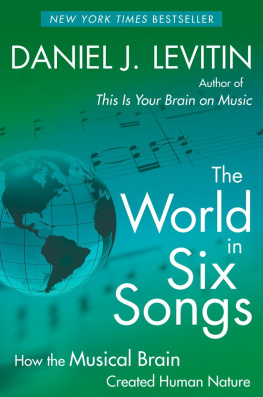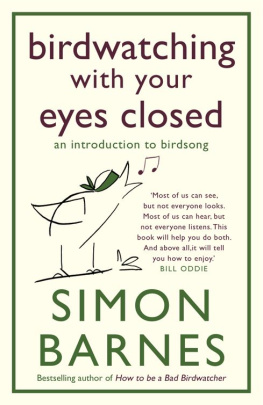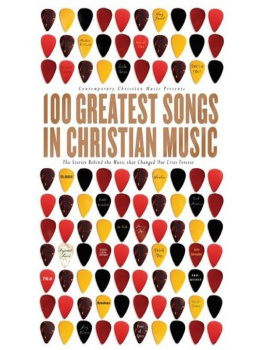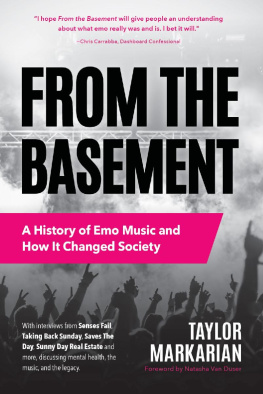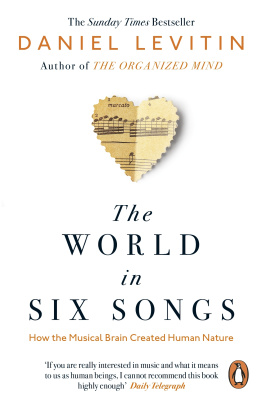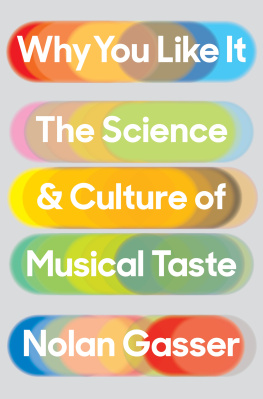
IS BIRDSONG MUSIC?

MUSIC, NATURE, PLACE
Sabine Feisst and Denise Von Glahn
IS BIRDSONG MUSIC?
Outback Encounters with an Australian Songbird

HOLLIS TAYLOR
WITH A FOREWORD BY PHILIP KITCHER
INDIANA UNIVERSITY PRESS
Bloomington & Indianapolis
This book is a publication of
INDIANA UNIVERSITY PRESS
Office of Scholarly Publishing
Herman B Wells Library 350
1320 East 10th Street
Bloomington, Indiana 47405 USA
iupress.indiana.edu
2017 by Hollis Taylor
All rights reserved
No part of this book may be reproduced or utilized in any form or by any means, electronic or mechanical, including photocopying and recording, or by any information storage and retrieval system, without permission in writing from the publisher. The Association of American University Presses Resolution on Permissions constitutes the only exception to this prohibition.
The paper used in this publication meets the minimum requirements of the American National Standard for Information SciencesPermanence of Paper for Printed Library Materials, ANSI Z39.481992.
Manufactured in the United States of America
Library of Congress Cataloging-in-Publication Data
Names: Taylor, Hollis, author.
Title: Is birdsong music? : outback encounters with an Australian songbird / Hollis Taylor ; with a foreword by Philip Kitcher.
Other titles: Music, nature, place.
Description: Bloomington ; Indianapolis : Indiana University Press, 2017. | Series: Music, nature, place
Identifiers: LCCN 2016059600 (print) | LCCN 2017000757 (ebook) | ISBN 9780253026200 (cloth : alk. paper) | ISBN 9780253026668 (pbk. : alk. paper) | ISBN 9780253026484 (e-book)
Subjects: LCSH: BirdsongsAustralia. | ButcherbirdsBehaviorAustralia.
Classification: LCC QL698.5 .T39 2017 (print) | LCC QL698.5 (ebook) | DDC 598.159/40994dc23
LC record available at https://lccn.loc.gov/2016059600
1 2 3 4 5 22 21 20 19 18 17
For Jon
CONTENTS
by Philip Kitcher
FOREWORD
Philip Kitcher
M ore than a century has elapsed since Darwin taught the world about the continuity of life. Part of his message, more prominent in the Descent of Man than in the Origin of Species, affirms a connection between our own species and the rest of the animal kingdom. Yet, as the late Stephen Jay Gould once remarked, when we learn of our evolution from apes, we should also recall that we evolved from apes. Besides the continuity, there are also differences.
But what exactly are those differences? Are there important kinds of things we can do from which other animals are debarred? Or is it all a matter of degree? Perhaps for any characteristic or capacity that prompts us to swell our chests with pride, theres a nonhuman species anticipating us. For anything we can do, maybe another animal does it to a lesser degreeor simply in a different way. And sometimes better?
Darwins picture of life has revived, even intensified, the perennial human quest to explain just what it is that makes us different. Scholars complete the sentence No other animal species can in many different ways. We have all heard some popular answers. Humans use tools; other animals dont. We can talk; they cant. Moreover, the subsequent debates are familiar. Jane Goodall observed chimpanzees stripping leaves from tree branches to fish for termites. Does that count? Is it sufficiently creative? Many kinds of animals employ sounds or gestures for purposes of communication. Someparrots, chimpscan be taught to use human languages. Do these findings warrant attributing linguistic abilities to species other than our own?
Then theres music. Its a wonderful human achievement, one that enriches our lives. Some people think it played a pivotal role in the evolution of human language. A much-admired play opens by characterizing it as the food of love. Yet, of course, the natural world is full of organized sound. Humpback whales emit patterned clicks, gibbon calls produce focused notes, frogs give rhythmic calls. And even though bees dont do it, birds do.
In fact, birds do it magnificently. For centuries, poets have celebrated the beauties of birdsong. Musicians have been inspired to imitate the phrases created in a dawn chorus or a nocturnal serenade. Olivier Messiaen was only the most famousand possibly the most dedicatedcomposer to incorporate birdsong into his works. Yet, despite all the fans and the fanfare, skepticism persists. Charming, mellifluous, inspiring it may be. But birdsong cant count as real music.
Why not? Probably the most popular reason for thinking that taking birdsong to be music is simply for the birds stems from long-discarded ideas. Many people suppose the vocalizations of birds to be instinctive, matters of running some innate program. Birds have evolved to make a species-typical pattern of sounds in order to attract mates. Come springtime, they perform by rote.
Amateur ornithologists, especially those with sensitive ears, can cite innumerable cases by way of refutation. Hollis Taylor is a professional ecologist specializing in avian behavior (especially vocal behavior), and her ears are surely as keen as any ever to absorb hours of birdsong. After a long career as a violinist, composer, jazz performer, ethnomusicologist, and avant-garde musician, she has become captivated by the vocal talents of a particular bird species: the pied butcherbird, so named for its habit of seizing smaller birds and mammals and storing its food by impaling its prey on twigs. As she puts it, she has fallen in love with a convict. Her book is the decisive rebuttal of dismissals of avian creativity. It is a gift to our species and a mitigating plea on behalf of another, the principal target of her research.
Birds may sing to attract mates. They may learn a species-typical pattern around which they weave their songs. But, as Holliss extensive fieldwork shows, their creativity is extraordinary. They may sing for hours on occasions on which advertising to potential partners seems entirely irrelevant. They absorb sounds from the ambient environment into their songs, using them as cues or directly imitating what they hear. Anyone who is inclined to assimilate these activities to some blind instinct or some mechanical program should ponder whether our own musical efforts might merit a kindred explanation. Dont some musical masterpieces have obvious functions? Composers write to celebrate a royal marriage or to honor the deity, songs are sung to woo, and dance music offers opportunities of closer contact. Are the processes of composition rooted in the pleasurable sounds we hear?
Scientists investigating birdsong have joined the consensus among bird lovers. They concede that vocalization isnt always geared to biological functions and recognize that species-typical patterns are learned and often varied. But now pooh-poohing avian creativity and condescending to the birds come in new forms. To be sure, they can make some apparently musical gestures, but human music is distinguished by its The list of Truly Important Musical Features with which the sentence ends has many entries. We can improvise; they cant. We can transpose; they cant. We can sing duets and trios; they cant. And so on and on and on. Perhaps the list makers should be worried by the inability of many people to do the things they emphasizeand in some cases very few people have the essential capacity. But, as Hollis demonstrates in example after example, such dismissive claims are thoroughly mistaken. It turns out that the birds
Next page


